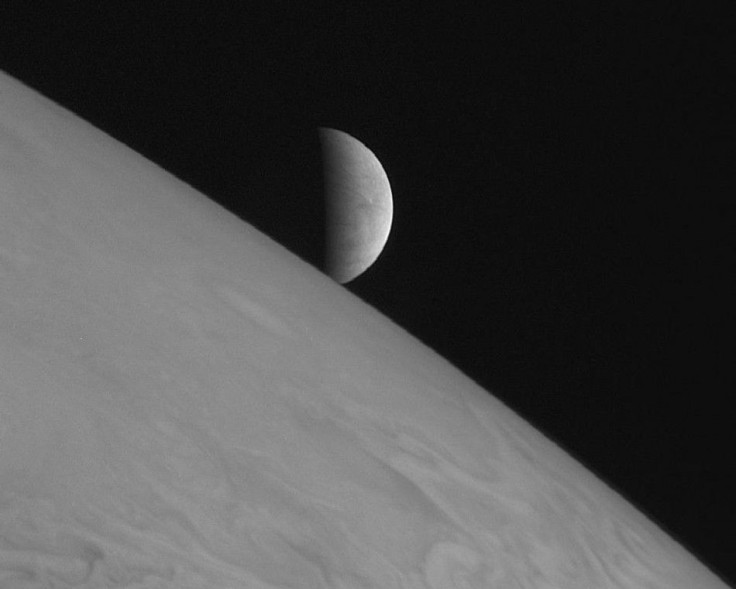Extreme Shrimps May Have Answers To The Possibility Of Existence Of Alien Life -- Report [Watch Video]

Deep sea shrimp surviving on rock chimneys emitting hot water may be linked to alien life, NASA stated. The extreme shrimp has evolved and it can tell us more about alien life. The organisation also believes that the organisms like extreme shrimps may be present on other planets and moons like Europa, Jupiter's moon.
According to CNN's report, these shrimps are named as Rimicaris hybisae and they live 7,500 feet underwater on hydrothermal vents. In the dark environment, the temperatures can reach 750 degrees Fahrenheit. However, the shrimps can survive near the vents as the water is cool enough. The extremely hot water coming out from the vents help in cooking the meal for these shrimps.
Senior research scientist at JPL, Max Coleman stated that life on planet Earth has existed as microbial life for almost two-thirds of the planet's history.
Coleman added that on Jupiter's moon Europa, "the best chance for life would be microbial."
Due to chemosynthesis, this particular bacterium is able to survive in such extreme conditions in the vents. Chemosynthesis is the process in which organisms get energy from chemical reactions. The organisms get their energy from chemical reactions. Hydrogen sulphide, which is available, is used in the process.
"The overall objective of our research is to see how much life or biomass can be supported by the chemical energy of the hot submarine springs," Coleman commented.
"Whether an animal like this could exist on Europa heavily depends on the actual amount of energy that's released there, through hydrothermal vents," Emma Versteegh, post doctoral fellow at JPL said.
These extreme shrimps can become cannibals and carnivores if they are not able to find any bacteria for the production of carbohydrates. Researchers revealed that they in the guts of the shrimps they found some crustaceans.
Watch the video below and share your theories about alien life.
Credit: YouTube/NASA Jet Propulsion Laboratory




















